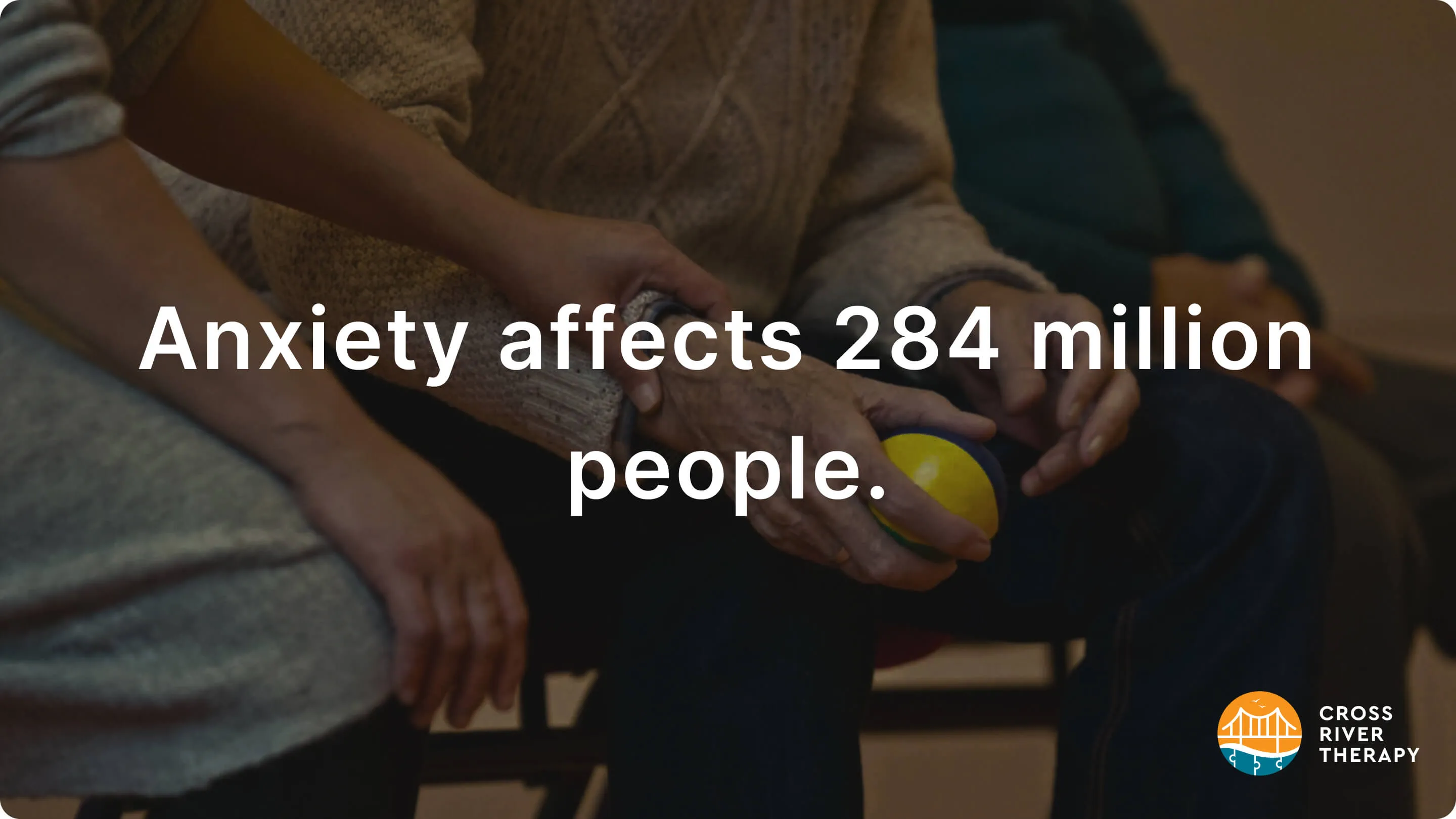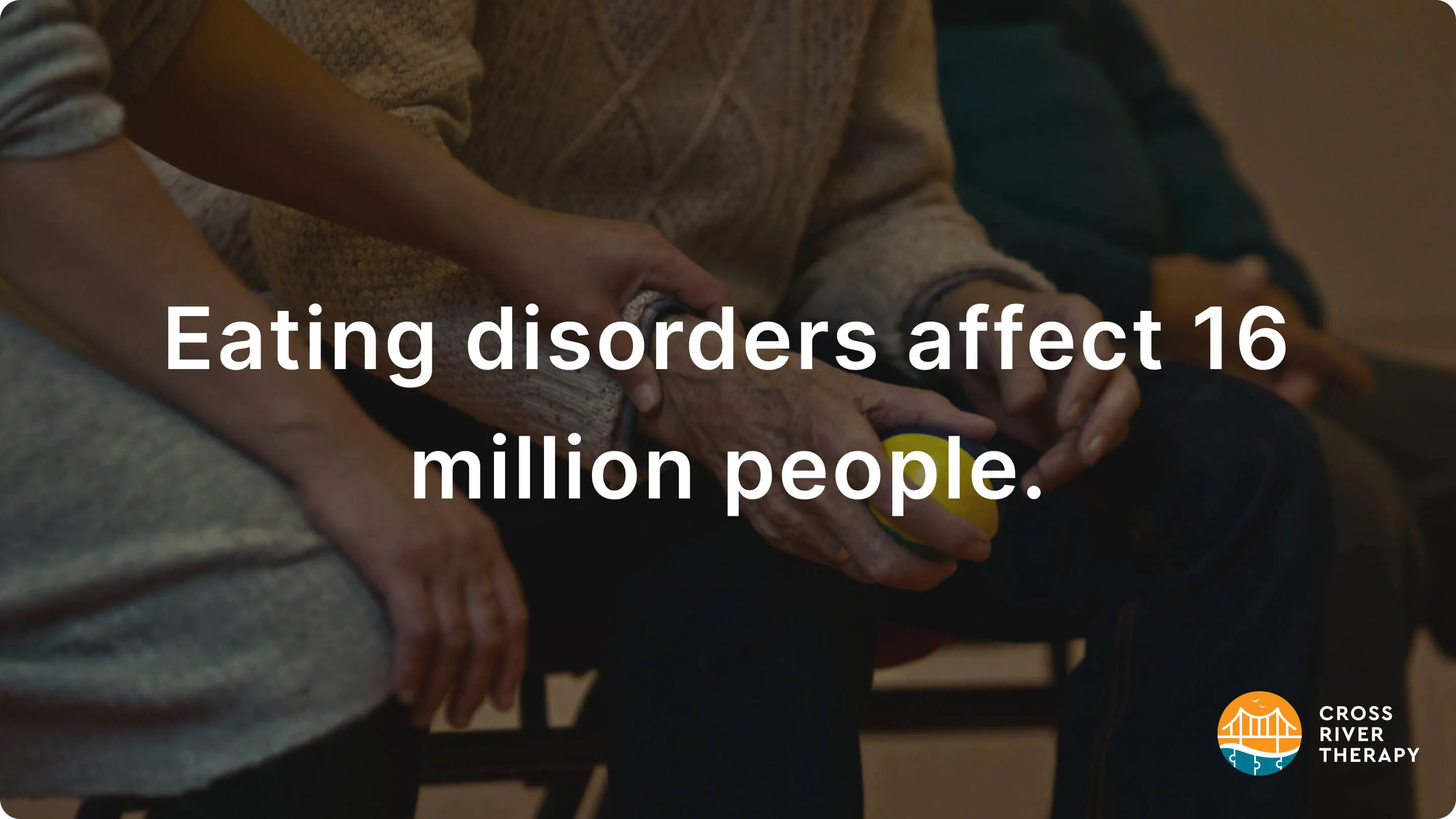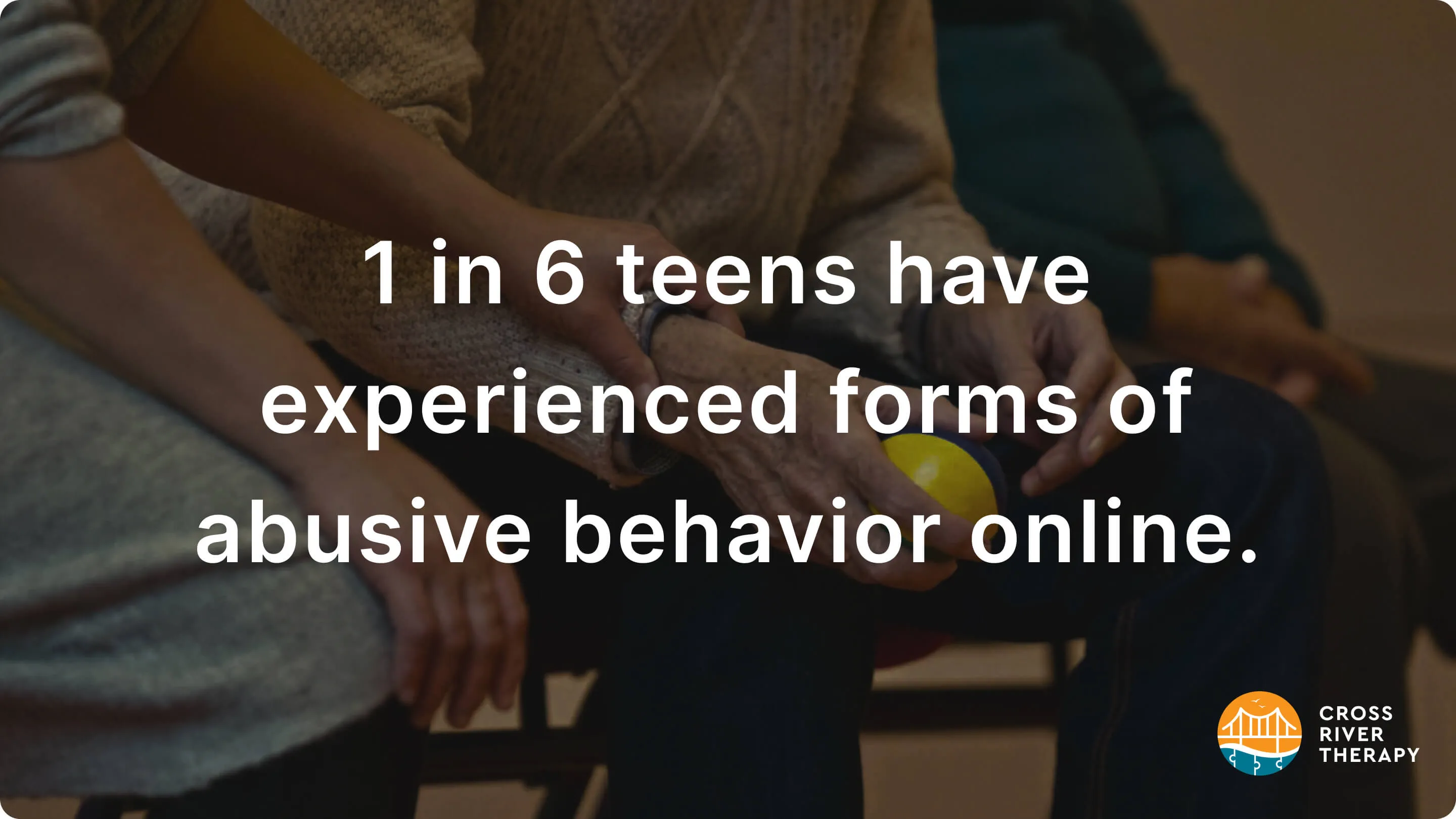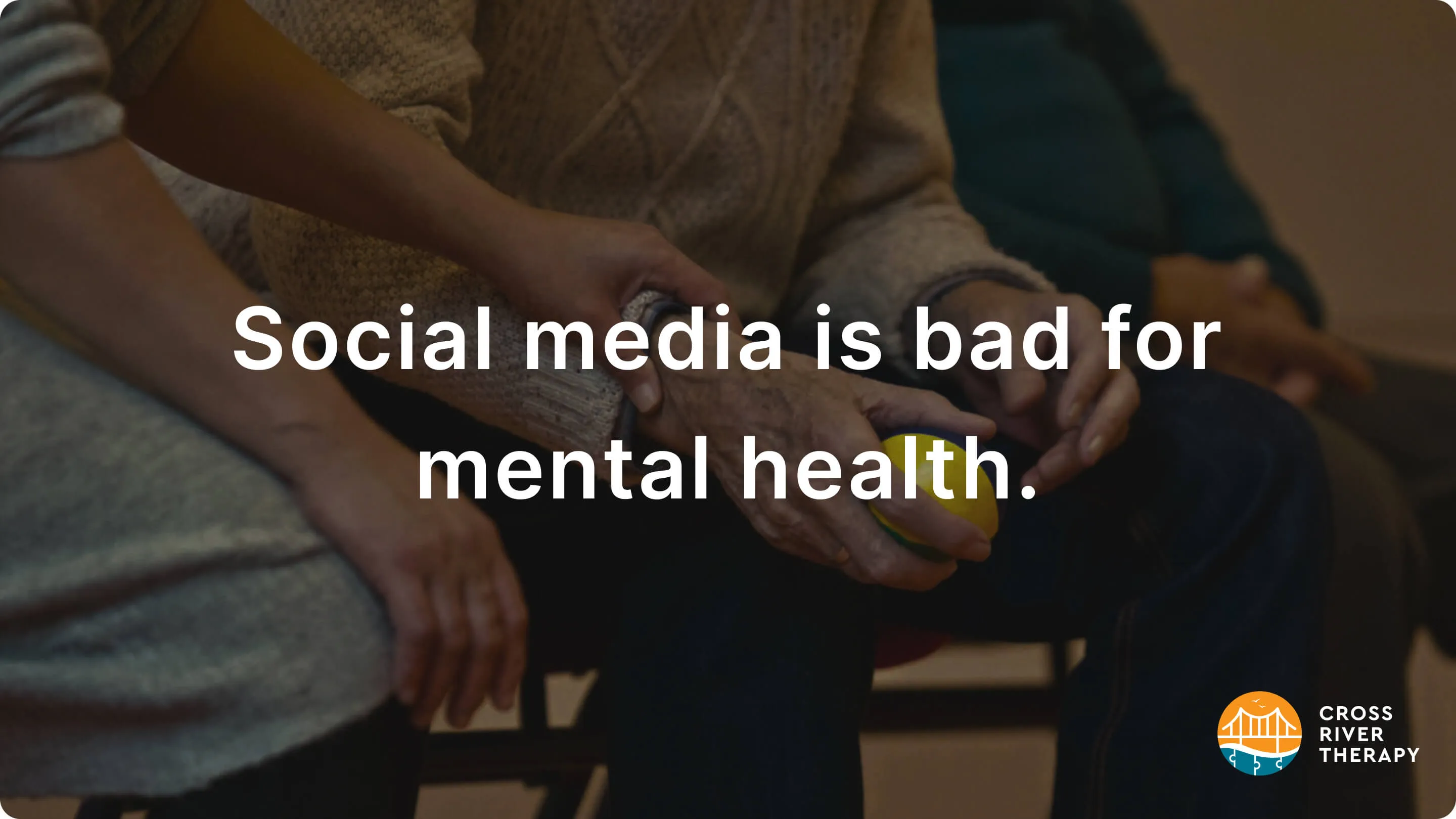49 Scary Social Media and Mental Health Statistics
Find dozens of social media and mental health statistics relevant to teenagers, children, and adults.
Social Media and Mental Health Statistics
- According to the Pew Research Center, 69% of adults and 81% of teenagers in the U.S. use social media.
- Approximately 86% of 18- to 29-year-olds use some type of social media platform.
- 80% of people aged 30-49 and 64% of people aged 50-64 are on social media.
- 33% of adults older than 65 use social media.
- 97% of teenagers ages 13 to 17 have at least one social media account.
- Almost 25% of teens view social media as having a negative effect.
- The National Institute of Mental Health reports that the lifetime prevalence of any mental health illness among adolescents is 49.5%, and 22.2% of adolescents will suffer from a severe mental impairment in their lifetimes.
- More than 6 out of 10 men and 5 out of 10 women have a social media addiction.
- The three most popular social media platforms among teenagers are Youtube, Instagram, and SnapChat. 85% of teenagers use Youtube, 72% use Instagram, and 69% use SnapChat. Interestingly, the percentage of teens who use Facebook declined over the last decade.
- People ages 16 to 24 spend an average of three hours and one minute on social media daily, and research reported in the journal JAMA Psychiatry found that adolescents who use social media more than three hours per day may have an increased risk of mental health problems.
- Young adults aged 18 to 25 have the highest prevalence of mental illness of any adult age group: 25.8%. Young adults ages 26 to 49 have a 22.2% prevalence, and adults ages 50 and older have a 13.8% prevalence.
- Researchers found a significant link between the presence of Facebook and increases in depression and anxiety among college students.
How Common Is Mental Illness?

- Mental health disorders affect 13% of the world’s population.
- 1 in 5 U.S. adults experience mental illness each year. 1 in 20 experience serious mental illness each year.
- 1 in 6 U.S. children ages 6-17 experience a mental health disorder each year.
- The COVID-19 pandemic has affected the mental health of 59% of people in the U.S.
- 970 million people worldwide have a mental health or substance abuse disorder.
- Anxiety affects 284 million people in the world.
- Mental illness affects more women (11.9%) than men (9.3%).
- The mortality rate of individuals with mental health disorders is significantly higher than the general population, with an average life expectancy loss of 10.1 years.
- Mental disorders are attributable to around 14.3% of deaths worldwide, or around 8 million deaths per year.
Mental Health Statistics Worldwide

- Anxiety affects 284 million people.
- Depression affects 264 million people.
- Alcohol use disorder affects 107 million people.
- Drug use disorder affects 71 million people.
- Bipolar disorder affects 46 million people.
- Schizophrenia affects 20 million people.
- Eating disorders affect 16 million people.

Annual Mental Illness Prevalence Among U.S. Adults By Demographic
Annual Mental Illness Prevalence Among U.S. Adults By Condition
Statistics About Social Media’s Impact on Youth Mental Health

The Pew Research Center's 2018 survey of U.S. teens found that 1 in 6 teens have experienced at least one of these forms of abusive behavior online:
- Name-calling (42%)
- Spreading false rumors (32%)
- Receiving unsolicited explicit images (25%)
- Having their activities and location tracked by someone other than a parent (21%)
- Someone making physical threats (16%)
- Having explicit images of them shared without their consent (7%)
The survey found that 9 in 10 teens (90%) believe online harassment is a problem for people their age. 24% of teens reported believing social media has a generally negative effect. 31% say its effect is positive, and 45% say its impact is neither negative nor positive.
Is Social Media Bad For Mental Health?

Research studies show a strong connection between use of social media and its undesirable outcomes that increase prevalence of numerous mental health disorders, including:
- Anxiety
- Stress
- Depression
- Body image concerns
- Loneliness
So, the answer is: yes, social media is bad for mental health in people of all ages.
Mental Health Treatment Statistics
- 46.2% of U.S. adults with a mental illness received treatment in 2020.
- 64.5 of U.S. adults with a serious mental illness received treatment in 2020.
- 11% of U.S. adults with a mental illness didn't have insurance coverage in 2020.

